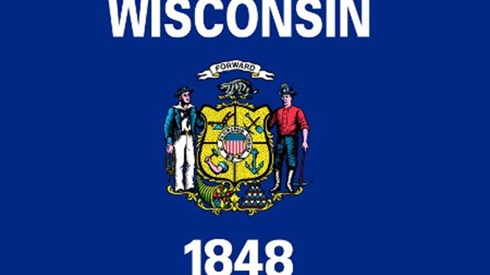Demotech Releases First Quarter 2018 Financial Analysis of RRGs

July 06, 2018

Demotech, Inc., has released its Analysis of Risk Retention Groups—First Quarter 2018, which reports on the overall financial performance of risk retention groups (RRGs). The rating company's senior financial analyst, Douglas Powell, has concluded, "Despite political and economic uncertainty, RRGs remain financially stable and continue to provide specialized coverage to their insureds…. It is important to note again that while RRGs have reported net income, they have also continued to maintain adequate loss reserves while increasing policyholders' surplus written year over year."
The following are some specifics drawn from the analysis.
- Since first quarter 2017, collective RRG policyholder surplus has increased by 5.5 percent.
- RRGs' liquidity, as measured by liabilities to cash and invested assets, for first quarter 2018 was 70.6 percent. A value less than 100 percent is considered favorable, as it indicates that there was more than a dollar of net liquid assets for each dollar of total liabilities.
- Leverage for all RRGs combined (total liabilities to policyholders' surplus) was 153.4 percent—as compared to 160.9 percent reported in the first quarter of 2017. Demotech prefers individual RRGs to report leverage of less than 300 percent.
- The 90.9 percent combined ratio—the loss ratio (79.1 percent) plus the expense ratio (11.8 percent)—was within a profitable range. This compares to first quarter 2017's 78.4 percent combined ratio (loss ratio (65.8 percent) plus expense ratio (12.6 percent)).
- There was $1.5 billion of direct premium written (DPW) through the first quarter of 2018, which reflects a slight decrease of 0.5 percent over first quarter 2017.
DPW to policyholders' surplus ratio through first quarter 2018 was 121.9 percent, down from 128.3 percent in 2017, while the net premiums written to policyholders' surplus ratio was 77 percent, similar to 2017's 76.7 percent ratio. The analysis notes that an insurer relying heavily on reinsurance will have a large disparity in these two ratios.
July 06, 2018







